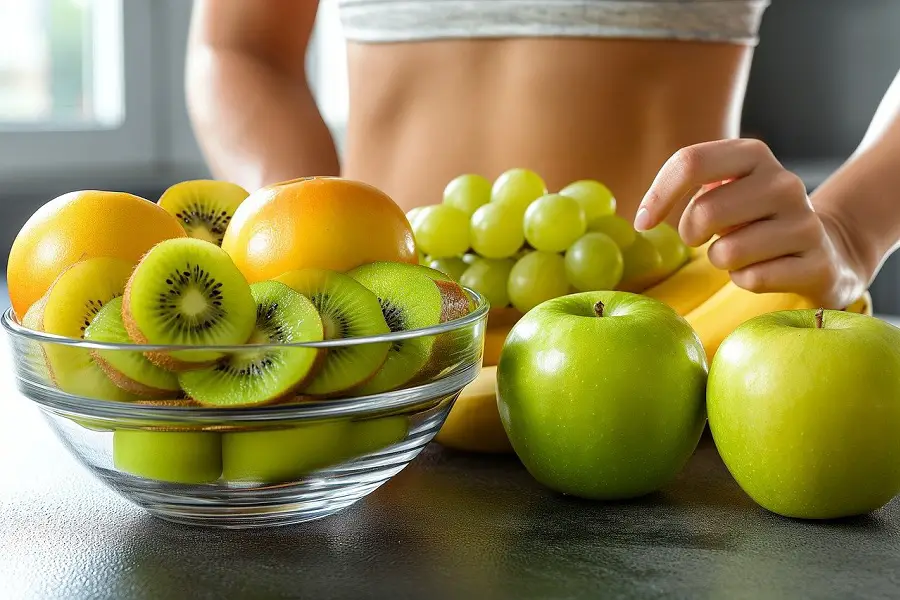There are a lot of diets around, but the DASH diet is special because it is geared specifically to addressing heart health and hypertension.
Hypertension is more commonly known as high blood pressure.
If you have hypertension, you are at an increased risk of heart disease, stroke, heart attack, and diabetes.
Those who are interested in lowering their cholesterol can also benefit from adopting this diet, as it has been shown to decrease low density lipoprotein (LDL) cholesterol.
The DASH Diet and Sodium
The DASH diet revolves around 2,300 milligrams or one teaspoon of salt per day.
If you’re unsure of how you can incorporate this diet into your lifestyle, an Ottawa dietitian service can help you adjust and discover recipes that will suit your dietary and health goals.
If you’re trying to get a better handle on your hypertension with an even lower sodium diet, there’s a version of DASH that limits sodium to 1,500 milligrams or less a day.
What to Eat
The DASH diet is comprised of heart-healthy foods that can be found anywhere. There’s no need for specialty foods or ordering meal kits with DASH.
The DASH diet recommends foods that are rich in potassium, magnesium, calcium, fiber, and protein. Foods that are high in saturated fat and sodium should be removed from the diet.
When following this diet there are daily and weekly nutritional goals to reach based on a 2,000 calories-a-day goal. Here are the recommended servings:
- 6 to 8 servings of grains a day.
- 4 to 5 servings of vegetables a day.
- 4 to 5 servings of fruit a day.
- 2 to 3 servings of fat-free dairy a day.
- 5 servings or less of sweets or added sugars a week.
- 4 to 5 servings of nuts, seeds, and legumes a week.
- 2 to 3 servings of fats or oils a day.
- 6 one-ounce servings or less of lean meats, fish, or poultry a day.
Alcohol and Caffeine
Too much alcohol raises the blood pressure, so alcohol consumption should be monitored when on the DASH diet.
Men are recommended to limit themselves to two or fewer alcoholic drinks a day, and women are recommended to drink one drink or less a day.
DASH doesn’t address caffeine consumption, but it has been observed to briefly raise blood pressure. If you’re concerned about the effect caffeine may be having on your blood pressure, it’s better to reduce your intake or eliminate it.
Since salt is a big contributor to hypertension, it should be closely monitored.
Be sure to read nutrition labels, use salt-free seasonings and spices, cook raw or frozen vegetables, and eat less processed and restaurant foods.
When monitoring hypertension and your heart-health, it is always going to be better to cook your own food.
This allows you to control the quality and the amounts of salt, oil, and fat. When you start the DASH diet, it will take a little time before your taste buds adjust to less salt and fat.
After you’ve adjusted, you may be surprised at just how flavorful your meals can be when you add herbs, spices, and other seasonings that are salt-free.
Leave Feedback: Was this article helpful?

